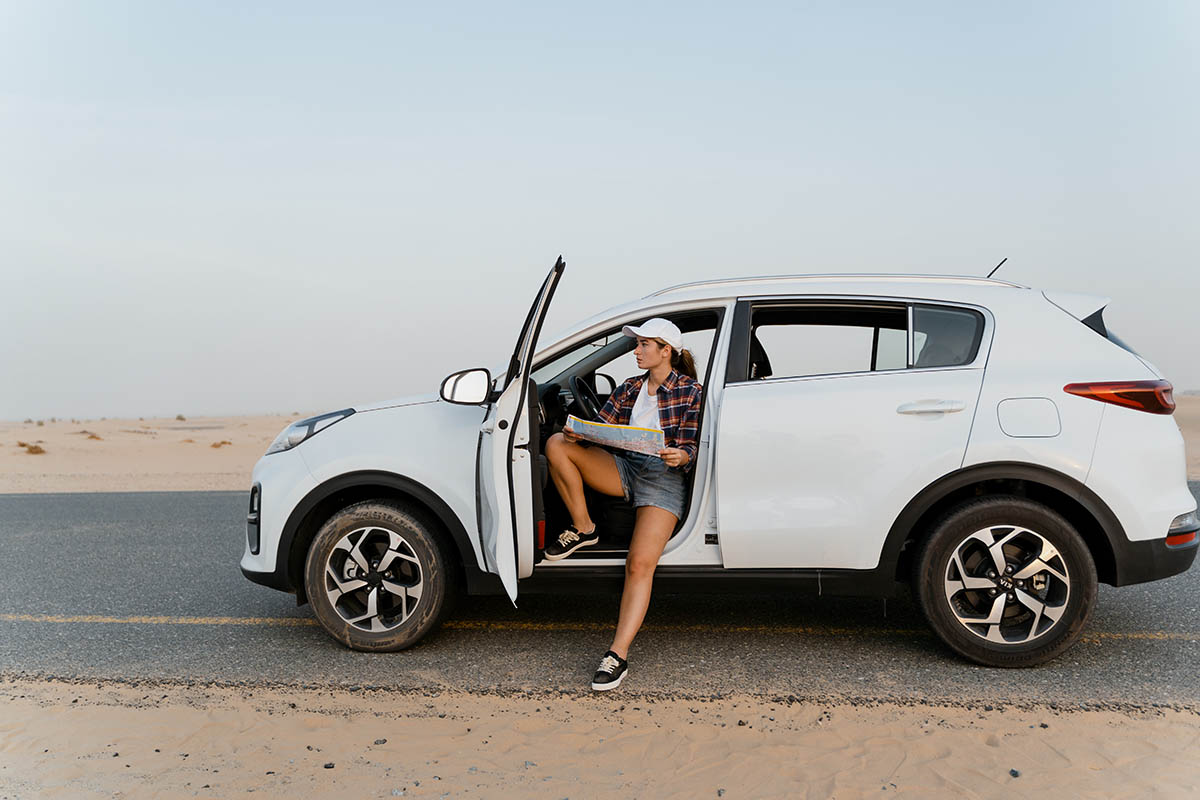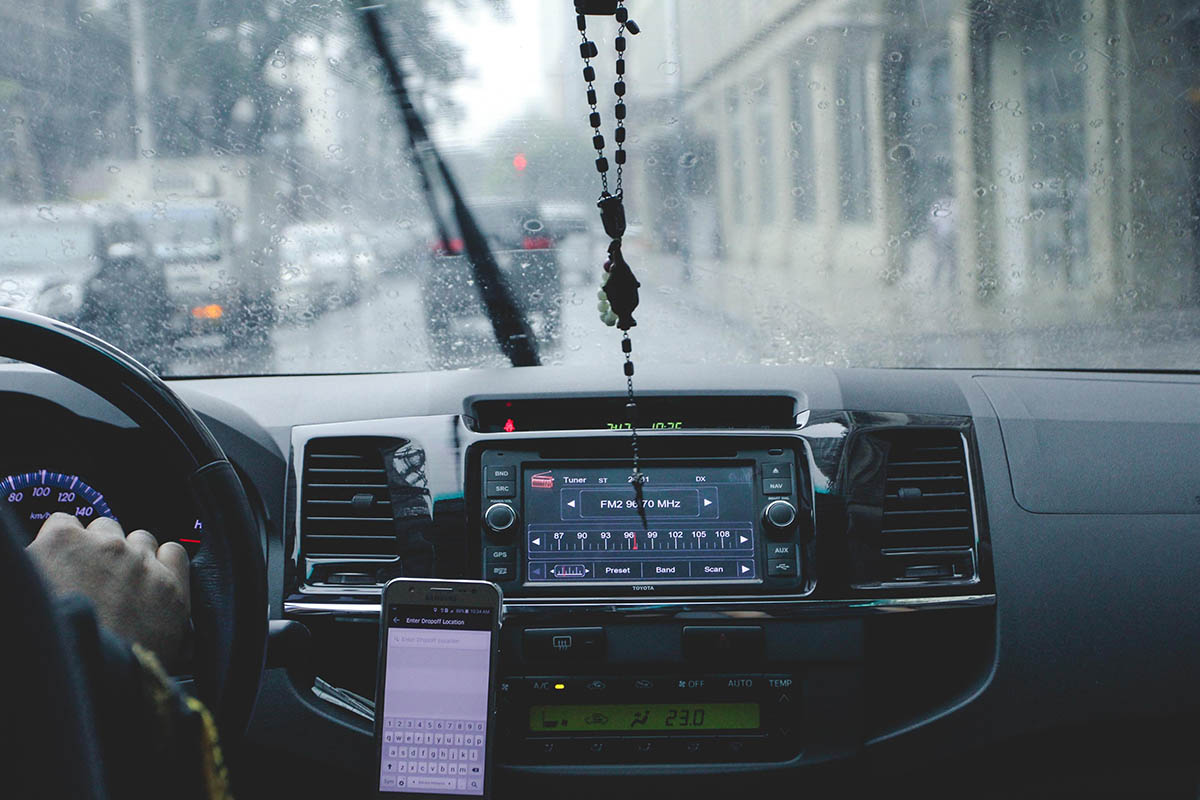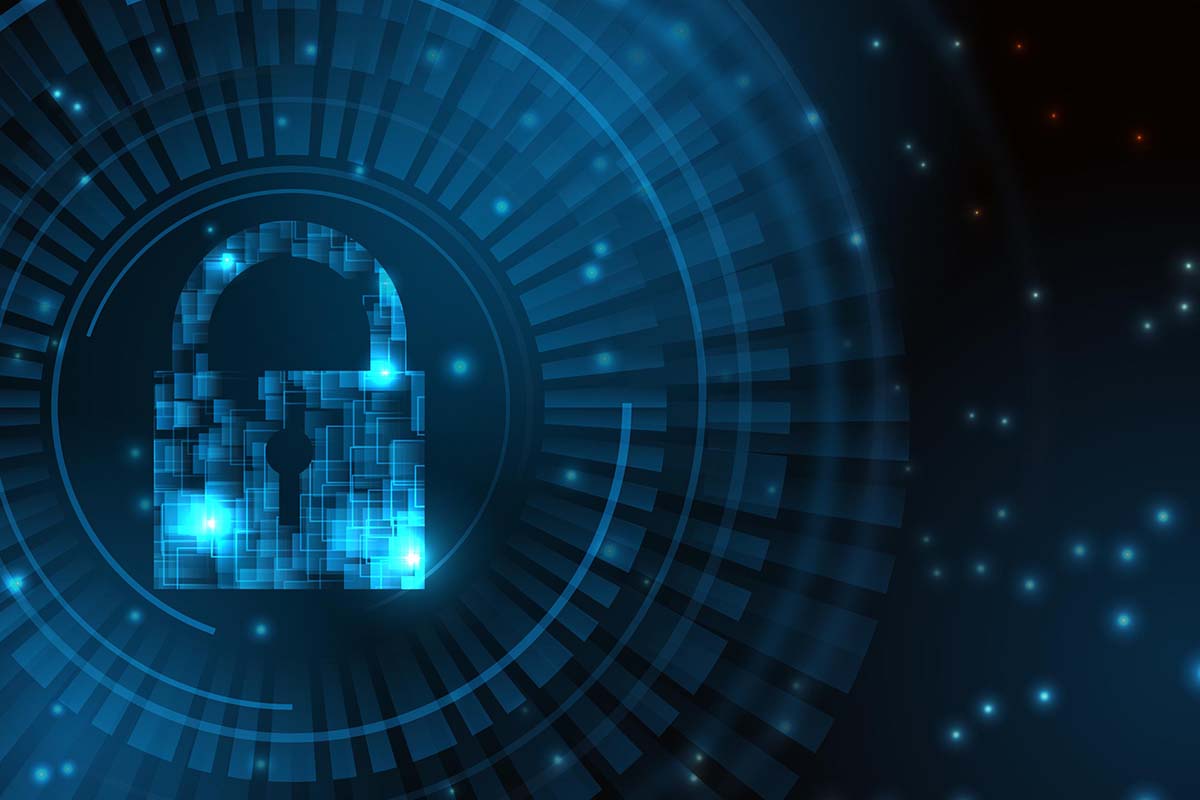6 Ways Technology Can Improve Traffic Issues
Traffic is one of the most common issues that plague our cities and towns each day. Traffic can be frustrating and stressful, whether you’re driving to work, school, or a favorite place to shop. The problem goes beyond the drivers, too. The stress that results from traffic also impacts the people who live near roads, the businesses that rely on them, and the environment as a whole.
Traffic can be especially problematic in metropolitan areas that are experiencing rapid growth. Rapid growth in population, jobs, and housing can cause traffic to worsen instead of better, so how can you and your community deal with these issues? Here are 6 ways that technology can improve traffic issues.
IoT can identify road issues.
One way that technology can help is by identifying the issues in traffic. Imagine if your city installed sensors on roads to monitor traffic and identify any potential issues. You would know, for example, when there was an accident or a road closure or if something needed to be repaired.
This information could be sent out to drivers in real-time to know what to expect ahead of time and make better travel decisions. Drivers would also appreciate learning about issues before they happen to plan more effectively.
In addition, the data collected from these sensors could help cities decide how best to prioritize their spending on transportation infrastructure and services like public transportation and carpooling options.
For example, cities could use this data to determine how much money should be invested in new highways or bike lanes.
Provide real-time updates
One way that technology can help is by providing real-time updates to drivers. This will allow people to know if there are any delays on the route they plan to take, the potential cause of the delay, and how long it will be before it’s fixed.
Positively affecting traffic ensures that everyone has access to information about what’s happening in their area. With more time to plan, drivers will be able to decide which routes to take or whether they need to delay their departure.
Another benefit of real-time updates is sharing information about your commute with other people so that they can make better decisions for themselves. If many people do this around the same time and avoid those routes during peak hours, it could significantly impact traffic levels.
Smart traffic systems
Intelligent traffic systems can make a big difference in reducing congestion and traffic. These systems use sensors to provide real-time traffic information, which can help drivers find the fastest routes to their destinations. This type of technology is already being used in some cities like New York City, resulting in a 20 percent reduction in congestion.
Monitor pedestrian traffic
Pedestrian counts are important for understanding how people navigate the city and where they tend to use them. This information is invaluable when developing new roads or keeping existing ones up-to-date.
There are several ways that technology can help monitor pedestrian traffic flow. This can be useful in placing crossings using equipment from AM Signal.
These counts may be done manually or using sensors on structures like bridges, buildings, and poles. Sensors can pick up movement in an area, which provides valuable information on the volume of pedestrians at any given time.
Improve vehicle sharing options
The growing number of people who use public transportation for their commute has caused an increase in the number of vehicles on the road. However, there are ways to reduce this burden by offering new vehicle-sharing options to community members.
With vehicle-sharing services, communities can reduce the congestion and pollution cars produce while increasing mobility options. These services allow people to rent or borrow a car when they need one. Car2go is a famous example of such a service, but many others are available.




















